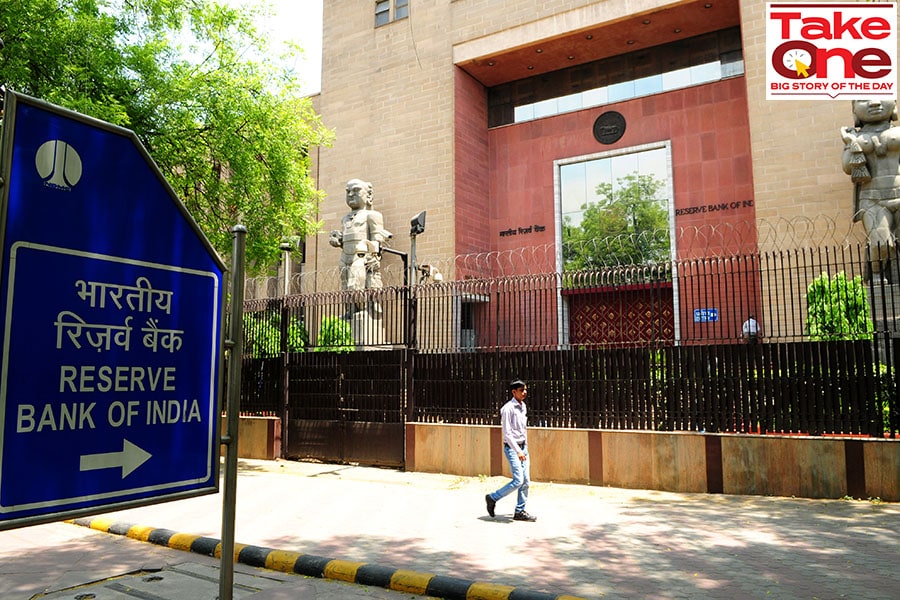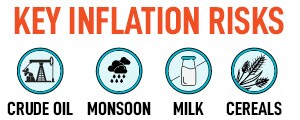
RBI's uneasy pause: The art and science of monetary policy in uncertain times
In a show of consonance, each MPC member caveated their vote with ifs and buts which signalled loud and clear that inflation—the elephant in the economy—is not under control
 The Reserve Bank of India’s credit policy meeting minutes are a lesson on how to move in a dark room.
Image: Getty Images
The Reserve Bank of India’s credit policy meeting minutes are a lesson on how to move in a dark room.
Image: Getty Images
The latest minutes of the Reserve Bank of India’s credit policy meeting are a lesson on how to move in a dark room. “With tiny steps,” a member of the rate-setting panel notes, because rife with uncertainties on multiple fronts, any shocks arising from the global economy and the monsoon can throw inflation projections out of gear on the home turf. This by and large is the dominant view of the six-member rate setting panel which unanimously voted to hold rates in its previous meeting.
But it is an uneasy pause; cautious and hesitant. In an uncanny show of consonance, each member caveated their vote with ifs and buts which signalled loud and clear that inflation—the elephant in the economy—is not under control:
“I believe that a pause in the policy rates is appropriate in this meeting, without any commitments on the subsequent actions except that aligning the inflation rate with the target will remain a policy priority,” said Shashanka Bhide.
“Until it is clear that inflation is well on the path to reaching the target, it is necessary to emphasise that this may not be the end of the rate hikes,” agreed Ashima Goyal.
“It is clear that the war against inflation has not yet been won, and it would be premature to declare an end to this tightening cycle. There is need for heightened vigilance in the face of the fresh risks,” warned Jayanth Varma.





 “Milk prices may remain firm in the lean summer season on tight demand-supply balance and high fodder costs. The rising uncertainty in international crude oil prices also warrants close monitoring,” said Governor Das.
“Milk prices may remain firm in the lean summer season on tight demand-supply balance and high fodder costs. The rising uncertainty in international crude oil prices also warrants close monitoring,” said Governor Das. 




